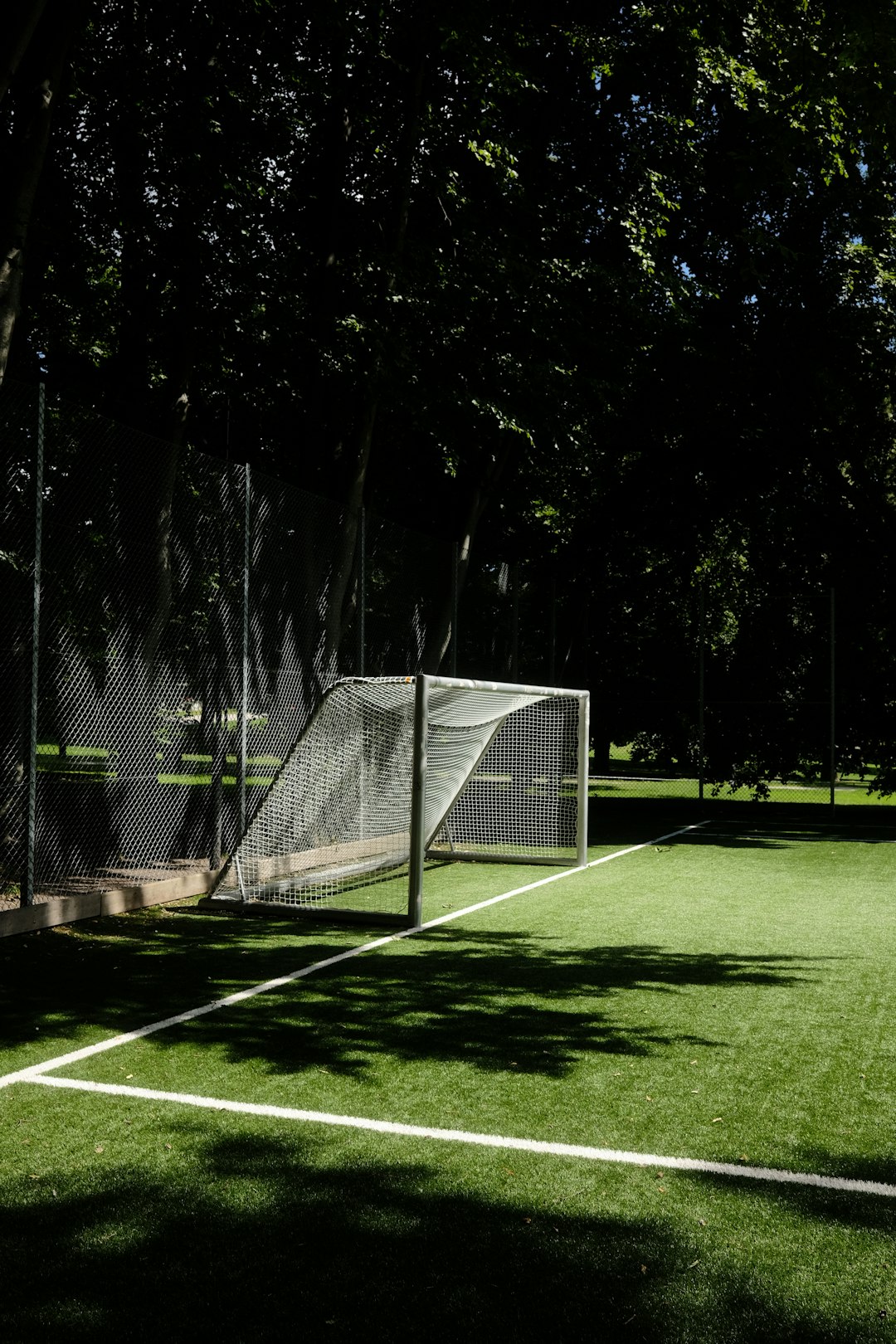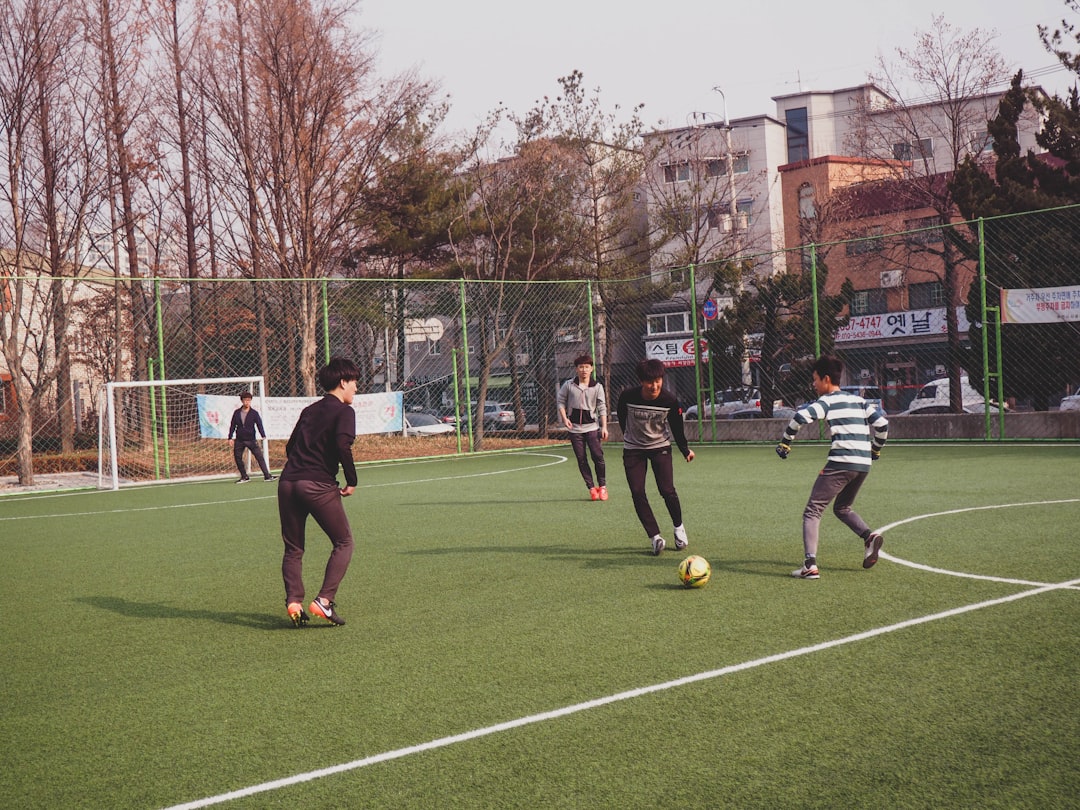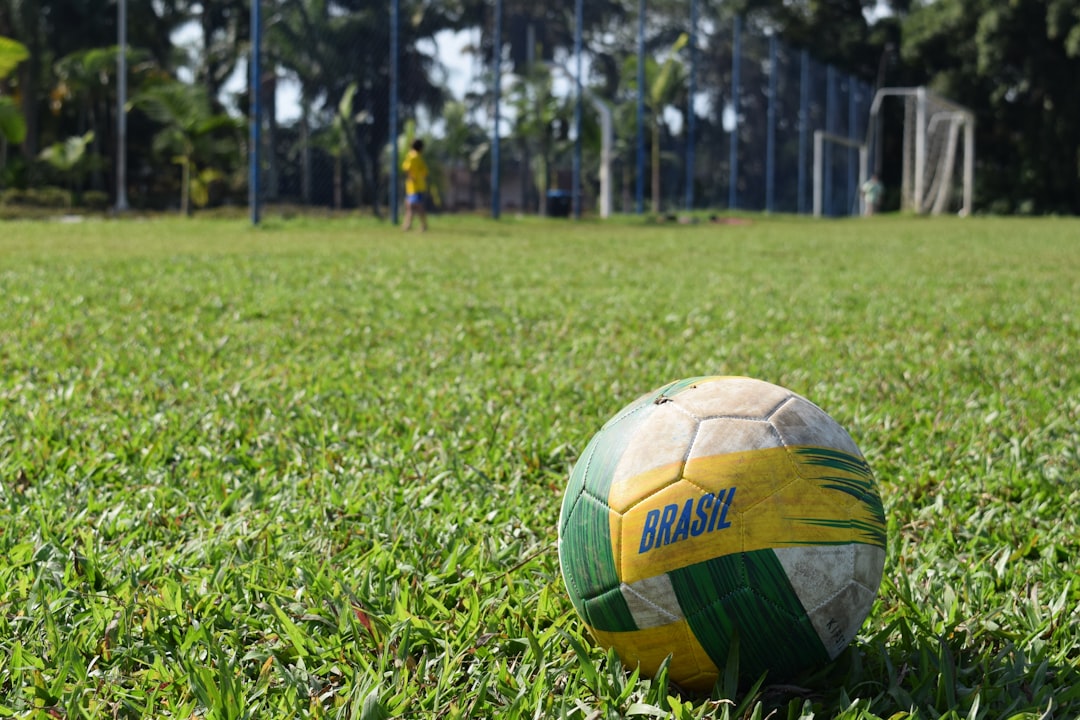For players looking to elevate their soccer skills beyond standard team training sessions, a soccer rebounder net is an essential tool. Designed to return passes, shots, and volleys, these nets simulate real-match interactions and allow for focused independent practice. Whether refining first touches or building passing accuracy, a rebounder can be a game-changer—but not all rebounders are created equal. Choosing the right one means understanding size options, construction quality, bounce performance, and usability across surfaces.
Why Use a Soccer Rebounder?
A soccer rebounder is invaluable for athletes of all skill levels. It enables solo training and emphasizes these core improvements:
- First touch control: Work on settling incoming balls under pressure.
- Passing accuracy: Hit targets and improve both power and direction.
- Reaction speed: Test reflexes with unpredictable bounces.
- Aerial control: Practice headers or controlling high balls.
From youth players developing fundamentals to professionals sharpening advanced moves, the rebounder ensures consistent opportunities to refine crucial aspects of play.

Types of Soccer Rebounders
When searching for the ideal net, it’s critical to understand the main styles to choose from:
- Flat-panel rebounders: Great for low balls and passing drills. Targeted toward ground passes and quick feet.
- Angled-frame rebounders: These bounce balls in multiple trajectories for training aerials and volleys.
- Multi-angle adjustable rebounders: Versatile training gear offering custom angles for varied shot returns.
Some models cater to portability as well, folding quickly for on-the-go sessions or backyard practice. Athletes often prefer adjustable frames for a greater range of passing and shooting routines.
Key Features to Consider
To find the best soccer rebounder, players and coaches should evaluate several critical aspects:
- Frame durability: Opt for rust-resistant metal or strong composites for long-term outdoor use.
- Net tension and elasticity: Tight, quality netting gives accurate and dynamic rebounds.
- Size: Consider space available. Small rebounders suit tight yards; large ones offer full training versatility.
- Portability: Folding and lightweight models make transport and storage convenient.
- Stability: Ensure it’s stable during fast rebounds, especially on hard strike drills.
For high-performance results, avoid budget models with flimsy nets and weak joints. Performance-grade materials may cost more but yield better long-term improvements.

Top Brands and Budget Considerations
Popular rebounder makers include SKLZ, QuickPlay, Franklin Sports, and PodiuMax. Prices range from about $50 on standard models to $250+ for heavy-duty options used in club or collegiate settings. Choose based on your goals: Is it just for casual practice or serious training development?
Also consider bundle options that include carry bags, ground stakes, or replacement nets, improving long-term value.
Where to Use a Rebounder
Rebounders can be used practically anywhere with enough clearance:
- Backyards
- Local parks
- Indoor gyms or turf fields
- Soccer academies or school fields
Just make sure there’s a flat surface and enough distance behind the user to safely retrieve balls during training loops.
Conclusion
The best soccer rebounder net isn’t necessarily the largest or most expensive—it’s the one tailored to the player’s specific needs. Look at skill focus, material quality, adjustability, and portability. With the right rebounder, athletes build sharper skills, faster reactions, and better game IQ with every solo session.
FAQ: Soccer Rebounders
- Q: What size rebounder is best for kids?
A small to medium-sized rebounder roughly 3ft x 3ft or 5ft x 5ft works well for young players aged 6–12. - Q: Can I use a rebounder indoors?
Yes, but ensure the area has enough space and a sturdy floor. Use softer training balls to avoid damage indoors. - Q: How do I maintain my rebounder net?
Store it in a dry place, clean off mud, and check net tension and frame bolts periodically for wear. - Q: Are there rebounders that simulate volleys?
Yes, many models offer adjustable angles specifically for volley and aerial training. - Q: Is it possible to assemble it alone?
Most home-use rebounders are solo-assembly-friendly, while larger versions may need two people or tools.
